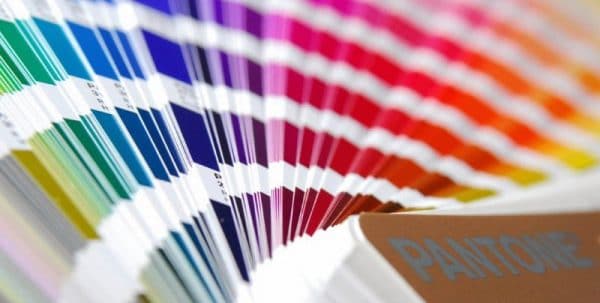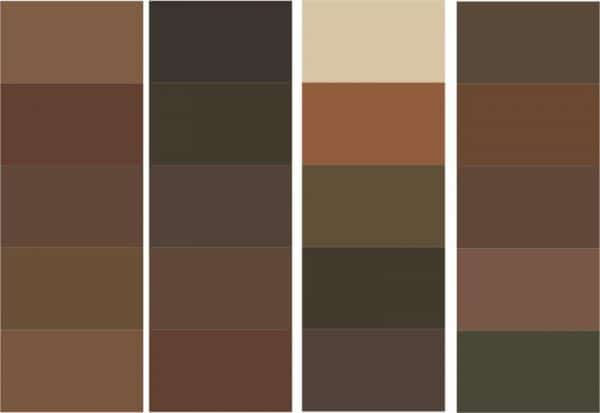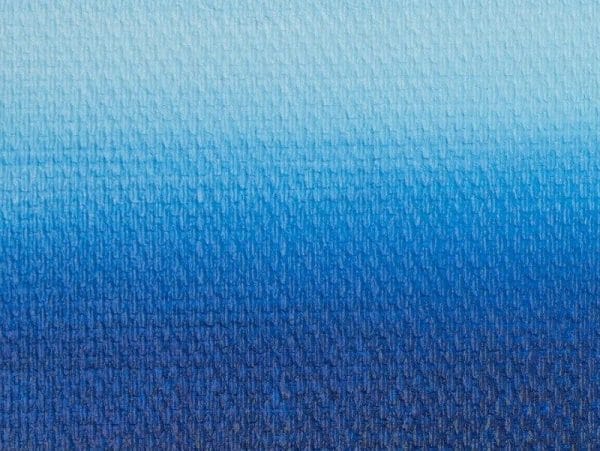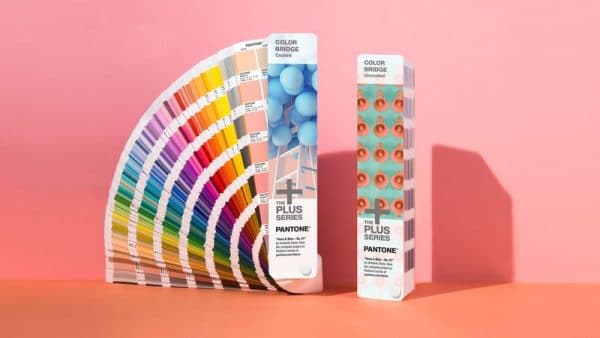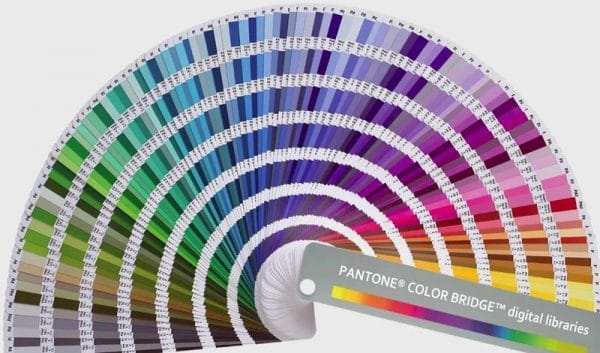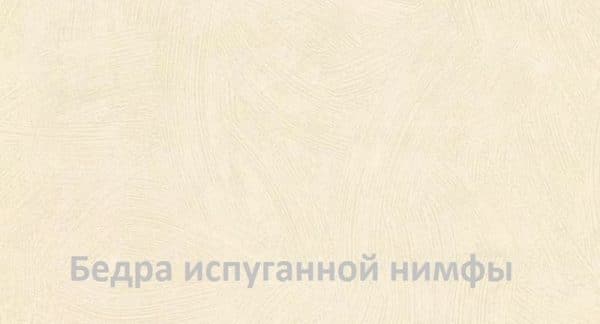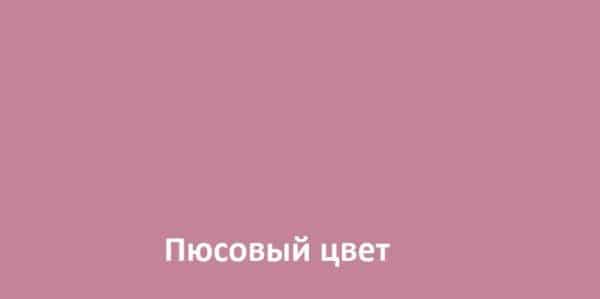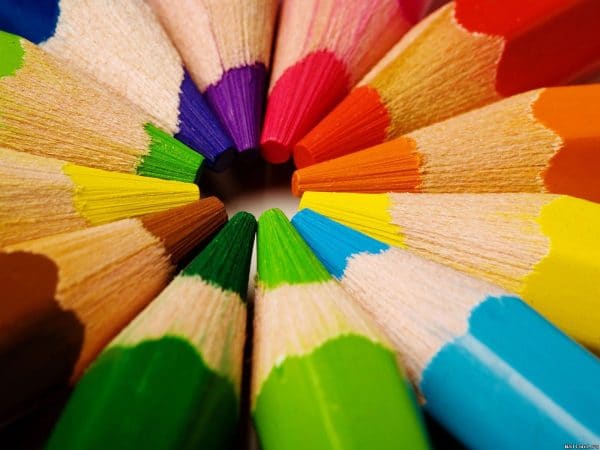Have you ever wondered where the names of the flowers come from? Some of them were invented hundreds of years ago, and some appeared recently. We will try to analyze in detail the most common sources of their origin and tell about the most unusual shades.
- Sources of origin
- Historical background
- Main pigment
- International systems
- Marketing
- The most unusual names

Sources of origin
Most of the words used for color designation are formed on the basis of phenomena or objects with a characteristic color, as well as borrowings from foreign languages. For example, “brown” got its name from cinnamon, and “Bordeaux” comes from the French “bordeaux” (dark red).
Modern designations of shades (like "sky blue") appear due to the development of their advertising function, as well as the desire of manufacturers to draw attention to their product.
All sources from which color terms originate are grouped as follows.
to contents ↑Historical background
The historical names include “black”, “red”, “white” and other familiar designations. Moreover, the term “white” is considered the oldest, it is derived from the Indo-European root bha- in the meaning of “shine, shine”.
Another example is Umbra, the name of which came from the region of central Italy, more precisely, from the color of local soil. Burnt and natural umber has been used as a pigment since ancient times.
Or the name of the black ink is “Soot Gas”, which has become generally accepted for any pigments obtained by burning wood, gas or other organic materials.
to contents ↑Main pigment
Also common names that indicate the main pigment composition. For example, the Phthalocyanine Blue color is based on phthalocyanine dyes. Moreover, initially this name was only mass-produced paint, and then the shade itself became so called.
to contents ↑International systems
Some items are subject to international standards. Existing systems are used in areas that require clear color reproduction, as well as an unambiguous understanding of shades. Color standardization is in demand in the field of graphic design, printing industry, textile industry, production of paints and varnishes.
Differing shades are described mathematically here by means of numerical coordinates. Specially designed palettes have thousands of tones. Each of them is characterized by a number of parameters, including: saturation, brightness, the ratio between the basic colors (can vary depending on the layout used - CMYK or RGB).
One of the most common color models is Pantone Plus. The standardized color matching catalogs developed by the American company Pantone Inc contain more than 2 thousand shades.
The tone range of this system has structured numbering.The name includes six digits, the first two of which are separated by a hyphen. At the end of the numerical value, a suffix is added that indicates the material used for printing (TCX - cotton, TPG - paper, etc.).
to contents ↑Marketing
Commercial companies in their color fans, in addition to identification codes, indicate names. For example, Pantone's number 16-1541 TPG is signed as “Camelia”, 15-1050 TPG is signed as “Golden Glow”, etc. All this is done for the convenience of customers, since at the stage of design approval digital combinations are perceived too hard.
The names of specialists are engaged in marketing. Their goal is to isolate the product of their company from a variety of similar ones. Designations are not normative - they differ from one company to another, but may be completely absent somewhere. The terms themselves are also pretty arbitrary. For example, “Marsala” (18-1438), which became the main color of Pantone in 2015, is positioned as “dark wine with a brown tint,” but the Marsala wine itself is not only red, but also white.
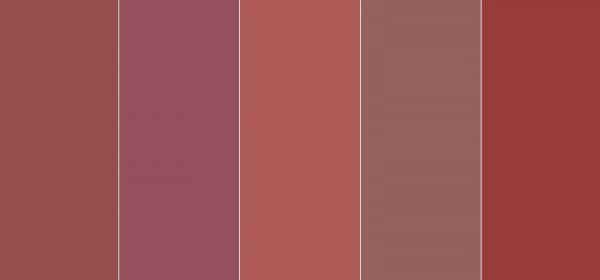
Pantone's 2014 color was Shining Orchid. The organization’s vice president, Laurie Pressman, said that coming up with this name was very simple: the color was clearly associated with shine and natural shine.
Each descriptive name has its own meaning and has a significant impact on the customer’s perception of the entire brand. This is especially true for those categories of goods where color is an important element of the product (cosmetics, cars, etc.). In addition, researchers found that people are more often attracted by intricate names: many between the “brown” paint and “mocha” will choose the second option, despite the fact that they will not visually differ. All this forces marketers to constantly come up with new original names for the simplest shades.
You may notice that the German Volkswagen brand promotes the Beetle as a faster car: the company puts thoughts of power and speed into the minds of potential customers, calling it “Tornado Red” or “Reflex Silver” (Silver Reflex).
Manufacturers of cosmetic products also produce products with extremely original names. Urban Decay's lipstick became known as Asphyxia, the eyeshadow of the same company as Bad Name (Omen), Special Effects hair dye as Aquarium (Fishbowl), and Nars Nail Polish - “No Limits”.
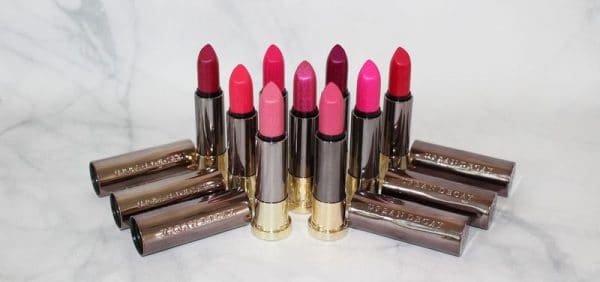
These names are completely arbitrary and do not directly relate to the product. Despite the oddity, this technique works quite effectively: having seen an ambiguous name on the package, the buyer begins to think about the product, thereby securing brand information at a subconscious level.
The finished color product is the result of inspiration by various cultures, nature, as well as trends in world fashion. The primary sources of names are usually common linguistic terms, names of plants, animals, minerals. So, for example, in Pantone color names, there are often references to desserts, fruits, vegetables, luxury attributes, geographical objects:
- food: Popcorn 12-0824 TCX, Green Lime 14-0452 TCX, Cherry Tomatoes 17-1563 TCX, Banana 13-0947 TCX, Caramel Cream 13-1022 TCX, Ripe Pumpkin 16 -1260 TCX;
- luxury goods: Emerald 17-5641 TCX, Royal Jewel 19-3640 TCX, Limousine 19-4005 TCX;
- places of the globe: Adriatic Blue 17-4320 TCX, Andorra 19-1327 TCX, Blue from Monaco 19-3964 TCX.
The most unusual names
Some shades received completely unusual names. Let's talk about the most interesting.
"Hellfire" - a variation of red with a purple tint.
“The thighs of a frightened nymph” (from the French “cuisse de nymphe effrayée”) is light pink with a yellowish tint. It is a variety of the main color - "Hips of the nymph." The “fright” of the virgin is explained by a more pronounced pink tone (it is believed that when the nymph is frightened, her skin turns pink). The appearance of the name dates back to 1802, when a famous French breeder bred a new variety of roses with that name.
“Giraffe’s belly” - light brown. It became relevant in 1827 after the governor of Egypt presented the king of France Charles X with a small giraffe.
The “scared mouse” is an analogue of light gray.
"Camelopard" - brown with a yellow undertone.
"Pyusovy" is one of the shades of brown. Another name is “Color of the crushed flea” (puce from fr. - flea).
This is not a complete list of outlandish names. Colors such as Vaidovy (blue), Loving toad (green), Marquise Pompadour (pink), Parisian mud (gray-brown), Adelaide (lilac) can also be attributed here. Most of them were widely popular in the 18th century, but are now considered obsolete. Replace with "Berry", "Ultraviolet", "Dusty pink."

